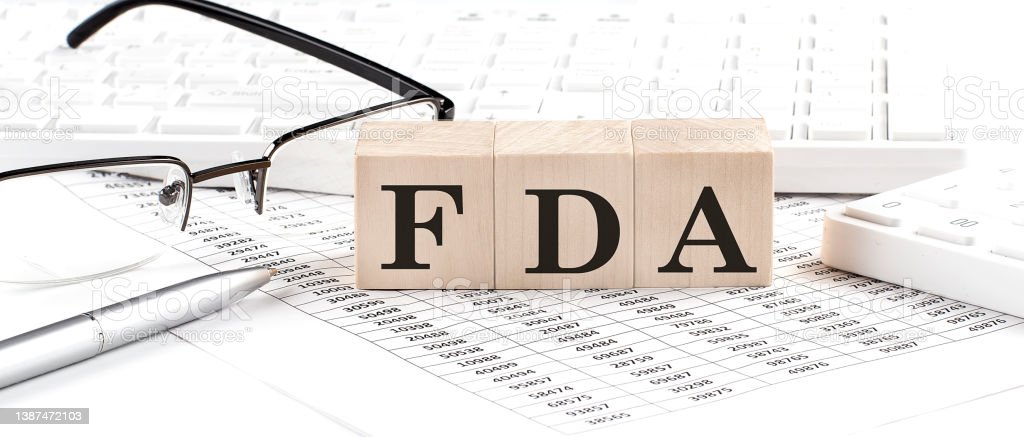1. Purpose
- To establish guidelines for effective documentation and record-keeping practices within the organization.
2. Scope
- This procedure applies to all employees responsible for generating, maintaining, and storing documents and records.
3. Responsibilities
- Management:
- Ensure compliance with documentation and record-keeping procedures.
- Provide necessary resources for documentation activities.
- Employees:
- Generate accurate and timely documentation as per organizational standards.
- Maintain records according to specified guidelines.
- Notify management of any discrepancies or issues with documentation.
4. Document Creation
- 4.1. Content
- Ensure documents contain accurate and complete information.
- Use clear and concise language.
- Include relevant dates, names, and signatures where required.
- 4.2. Format
- Utilize standardized templates where available.
- Ensure documents are legible and well-organized.
- Follow prescribed naming conventions for easy retrieval.
5. Record Keeping
- 5.1. Classification
- Categorize records based on their importance and retention requirements.
- Differentiate between temporary and permanent records.
- 5.2. Storage
- Store physical records in designated, secure locations.
- Utilize electronic databases or document management systems for digital records.
- Implement appropriate access controls to safeguard sensitive information.
- 5.3. Retention
- Adhere to legal and regulatory requirements for record retention.
- Dispose of obsolete records in a secure and environmentally friendly manner.
- 5.4. Backup
- Regularly back up electronic records to prevent loss due to hardware failure or data corruption.
- Store backups in separate locations to mitigate the risk of loss in case of disasters.
6. Review and Revision
- 6.1. Regular Review
- Conduct periodic reviews of documentation and records to ensure accuracy and relevance.
- Update documents as necessary to reflect changes in processes or regulations.
- 6.2. Version Control
- Maintain a version control system to track changes and revisions to documents.
- Clearly mark the latest version to avoid confusion.
7. Training
- Provide training to employees on documentation procedures, including:
- Document creation guidelines.
- Record-keeping best practices.
- Proper use of document management systems.
8. Compliance
- 8.1. Auditing
- Conduct regular audits to assess compliance with documentation and record-keeping procedures.
- Address any non-compliance issues promptly.
- 8.2. Continuous Improvement
- Continuously evaluate and improve documentation processes based on audit findings and feedback.
9. References
- List any relevant policies, regulations, or standards related to documentation and record keeping.
10. Definitions
- Define any terms or acronyms used within the procedure for clarity.
11. Approval
- This Standard Operating Procedure is approved by [Name/Position] and is effective from [Effective Date].
12. Distribution
- Distribute this procedure to all relevant employees and ensure accessibility as needed.
13. Revision History
- Document any changes or updates made to this procedure along with the dates of revision and the individuals responsible for the revisions.
- For more articles, Kindly Click here.
- For pharmaceutical jobs, follow us on LinkedIn
- For Editable SOPs in word format contact us on info@pharmaceuticalcarrier.com
- For more information kindly follow us on pharmaguidelines.co.uk











